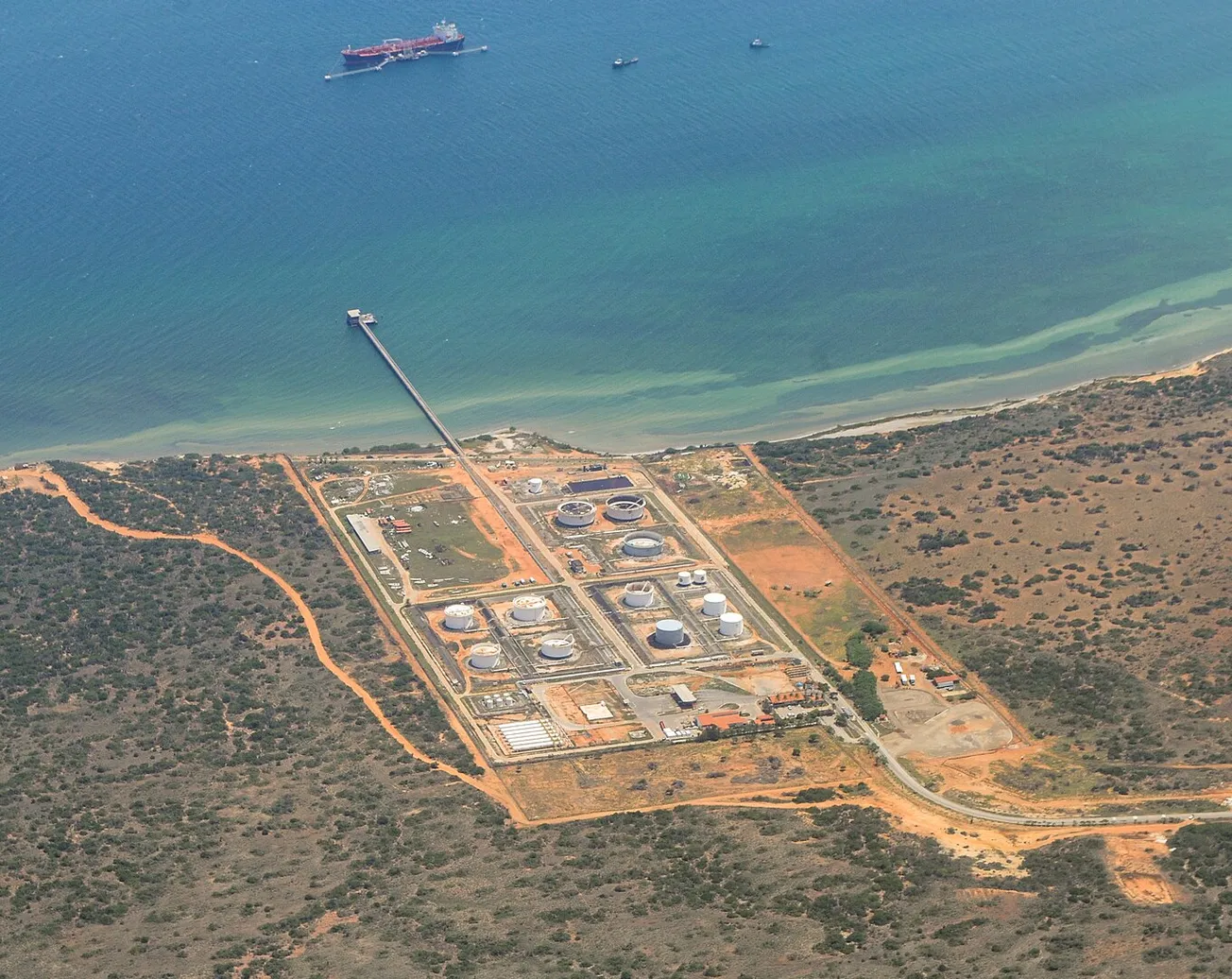The latest excited update from the Indian Space Research Organization (ISRO) this morning on the findings coming in from its rover, Pragyan, was that sulfur is now confirmed present in the Moon’s soil. As it reported: “In-situ scientific experiments continue.... The Laser-Induced Breakdown Spectroscope (LIBS) instrument onboard the Rover unambiguously confirms the presence of Sulphur in the lunar surface near the south pole, through first-ever in-situ measurements.”
Aluminum, calcium, iron, chromium, titanium, manganese, silicon, and oxygen have also been detected by the rover. The presence of those elements, apparently, were expected, but according to ISRO, sulfur cannot be detected from an orbiter, thus the excitement. “Search for Hydrogen (H) is underway,” ISRO reports.
India’s The Statesman reported ISRO’s explanation of how the LIBS works: It “analyzes the composition of materials by exposing them to intense laser pulses. A high-energy laser pulse is focused onto the surface of a material, such as a rock or soil. The laser pulse generates an extremely hot and localized plasma…. The collected plasma light is spectrally resolved and detected by detectors such as Charge Coupled Devices (CCD). Each element emits a characteristic set of wavelengths of light when it’s in a plasma state and that is how the elemental composition of the material is determined.”





